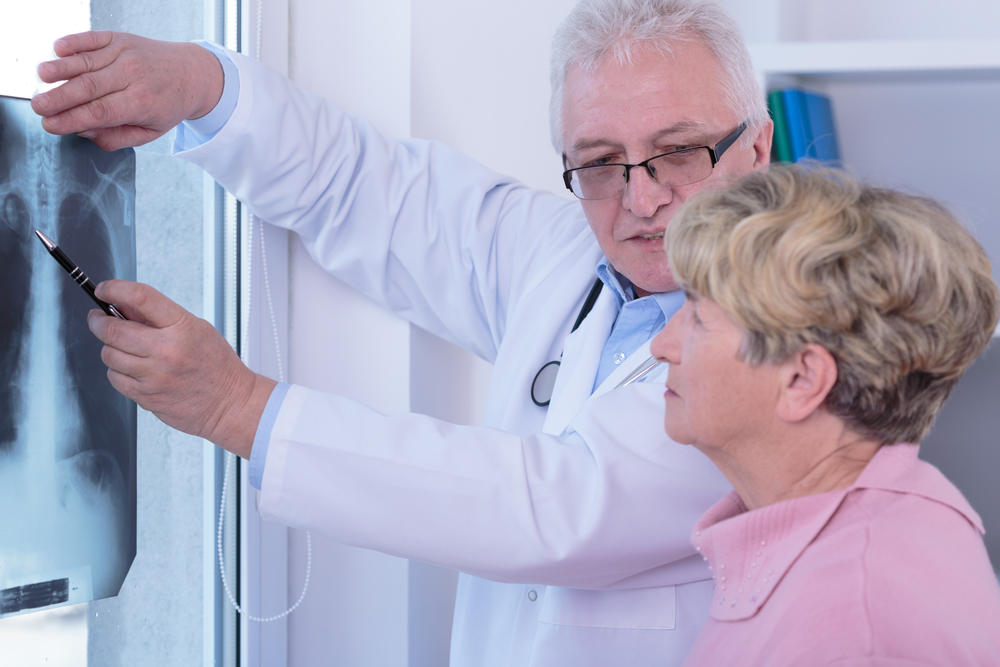Chronic Obstructive Pulmonary Disease (COPD) is a chronic, progressive, long-term inflammatory lung disease that causes breathing difficulties by obstructing airflow in the lungs. To force the air out when breathing, the lungs rely on the natural elasticity of the bronchial and air sacs. With COPD, they lose their elasticity and overexpand, leaving some air in the lungs when exhaling.
Air pollution and long-term exposure to irritating gases and particulate matter that irritate the lungs are the common causes of COPD, with smoking being the number one cause that places smokers as well as those exposed to secondhand smoke at a greater risk. COPD also develops gradually over the years and its symptoms mostly begin at age 40. Genetics may also play a role in the increased risk of contracting COPD. The deficiency of a protein called alpha 1 antitrypsin (AAT) that is made in the liver and whose role is to help protect the lungs harms the liver and lungs.


